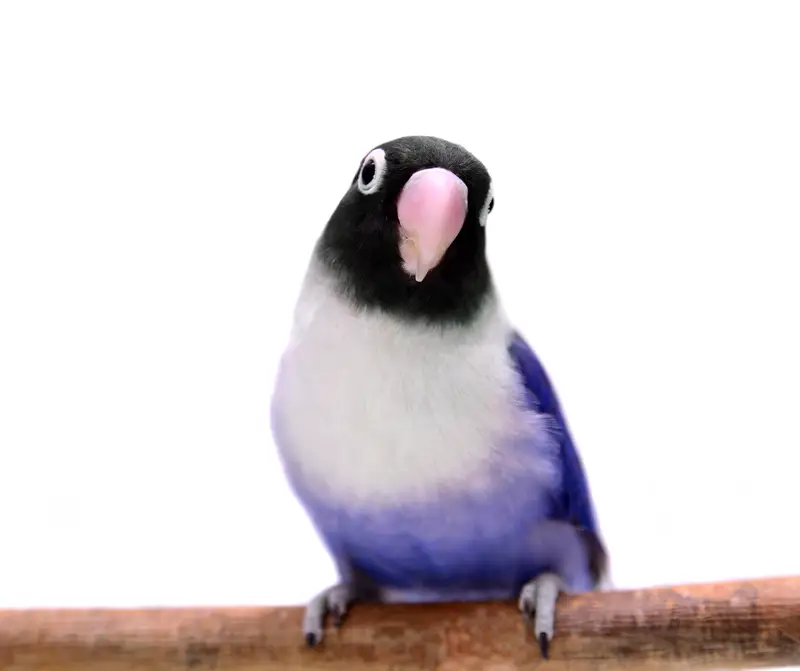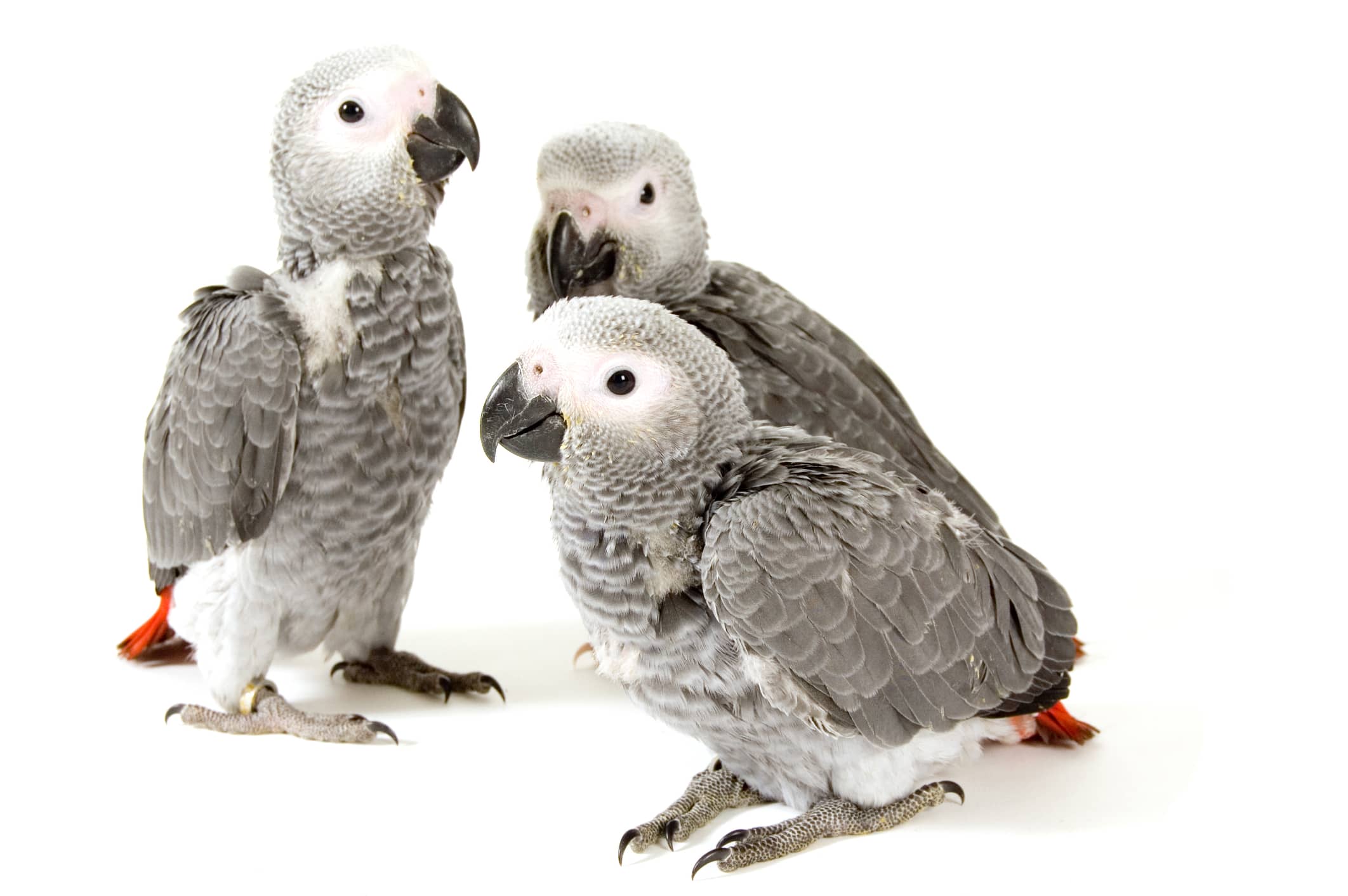Aspergillosis and Parrots: What Every Bird Owner Should Know - 2023

Aspergillosis is caused by the fungus aspergillus. It can effect other species, not just birds. We are all exposed to aspergillus regularly. We come in contact with it often and most of us do not develop a disease from exposure. Healthy birds, as well as healthy people, fight off the spores of this fungus easily. The danger comes when the immune system is not working its best. The spores then have a nice home to rest in and multiply without having to worry about getting booted out by the host bodies defense system. Our Pet Birds are most prone to the disease when they are depressed, aren’t getting adequate nutrition, are fighting off another illness, are injured, or when they live in unsanitary conditions.
An acute case of aspergillosis is one that is brought on suddenly and is quite severe. In these cases the fungus infects the syrinx and ends up blocking the trachea. The bird will show a lot of difficulty breathing and their voice may change. Mouth breathing is common. Death comes swiftly in these cases. Chronic cases of aspergillosis are much more common. These cases don’t show up quite so suddenly and last a longer period of time. Since this form lasts longer, the bird is much more likely to survive because the signs of the illness, such as lethargy or weight loss, can be noted right away and action can be taken to diagnose and treat the bird at a veterinary hospital before the bird becomes too ill to treat.
It’s important to remember that whether or not you believe the case is acute or chronic, prompt veterinary attention is absolutely needed if you suspect, even for a moment, that your bird may be ill. Though weight loss and lethargy can be symptoms of many different diseases in birds, it’s best to be on the safe side. Aspergillosis can be diagnosed a variety of ways, such as with a blood test, a fungal culture, or even observing internal fungal formations with an endoscope.
With prompt treatment by your veterniarian, your bird has a much better chance of surviving than if you do nothing at all. The rate of survival is still not exceptionally good, however, even if treatment begins soon after symptoms appear. One reason many birds don’t respond to treatment is because the disease has progressed too far for the bird to survive. This is because, often, birds don’t show symptoms of disease until they are close to death. This is a survival mechanism in the wild because sick birds are often the first to be killed by predators. Predators are smart. They go for the slow weak ones.
Therefore, it is in the birds best interest (in the wild) to not appear ill. Only when they are just about to die do birds finally allow themselves to appear unwell. Another reason birds don’t survive despite treatment is that perhaps the underlying problem was not addressed. Often, a bird will not contract aspergillosis unless there is something else wrong with them that is suppressing their immune system. So if that other thing that is wrong with them, such as depression, isn’t addressed and dealt with by the owner, the bird will probably just keep getting aspergillosis despite treatments to rid the birds body of the fungus.
The number one thing that a bird owner can do to prevent apergillosis is to keep their bird happy healthy and clean. Feed a well balanced diet and provide fresh clean water daily. Play with your bird and make him or her feel like a loved part of the family.
Be sure that the cage is in a well ventilated (but not drafty) area of the house. Be extra sure that feces is disposed of regularly and that there are no warm moist areas around the cage that remain soiled for long periods, such as the bottom pan that collects the feces, discarded food, and splashes of water. Remember that fungus loves warm moist environments, so if you allow for your bird to live in an environment that helps fungus to live, you run the risk of your bird becoming ill.




